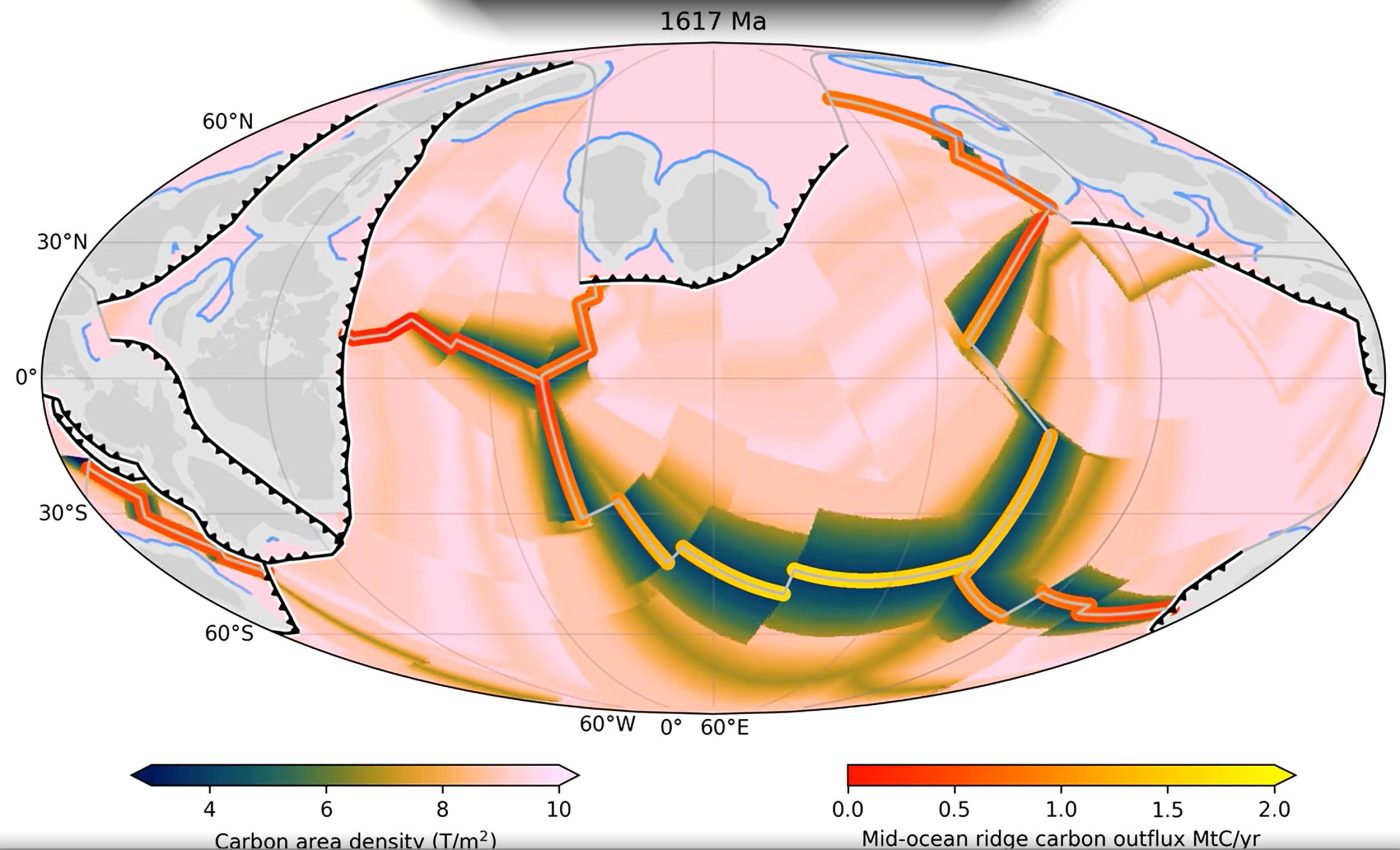
Supercontinent breakup made Earth ready for complex life
Earth hasn’t always looked like this. Before there were trees, animals, or even mushrooms, the planet was already changing in major ways – both above and below the surface.
Roughly 1.5 billion years ago, a massive landmass called Nuna began to break apart. That shift may have played a key role in shaping the kind of planet where complex life could eventually take root.
At the time, Earth’s surface was mostly ocean wrapped around a single giant continent. But deep underground, the tectonic plates were on the move, and that slow motion started to pull Nuna apart.
That split did more than rearrange the map – It triggered changes in the ocean, atmosphere, and climate that helped life get more complex.
Earth’s not-so-boring billion
Scientists once called a block of Earth’s history – from roughly 1.8 to 0.8 billion years ago – the “Boring Billion.” They thought there wasn’t much going on there, geologically or biologically. But that concept doesn’t stand anymore.
As Nuna began to break apart, it kicked off a series of changes that reshaped the planet’s surface and made it more suitable for complex life.
To understand how it all unfolded, the researchers built a detailed model tracing plate movements over 1.8 billion years. It mapped how continents shifted and split, and how carbon moved between Earth’s interior, the oceans, and the atmosphere.
New coastlines, new life zones
One major thing that happened when Nuna started breaking up: the creation of more coastlines and shallow seas.
Around 1.46 billion years ago, the amount of shallow continental shelf more than doubled, reaching about 80,000 miles (129,000 kilometers).
These shallow waters were important. They likely had more oxygen, moderate temperatures, and long-term stability, just the kind of environment early complex life needed.
This matches up with another big moment. Fossil records show the first appearance of eukaryotes – organisms with a nucleus inside their cells – around 1.05 billion years ago.
Eukaryotes include all plants, animals, and fungi. Before them, Earth was home mostly to simple, single-celled life.
Cooling Earth through buried carbon
At the same time these new shallow seas were forming, the planet’s carbon cycle was also shifting. Volcanoes, which release carbon dioxide into the air, were less active.
In addition, carbon was being stored in the ocean crust more effectively. As mid-ocean ridges expanded, seawater seeped into cracks, reacted with the rocks, and helped form limestone, locking away carbon.
“This dual effect – reduced volcanic carbon release and enhanced geological carbon storage – cooled Earth’s climate and altered ocean chemistry, creating conditions suitable for the evolution of more complex life,” noted Professor Adriana Dutkiewicz from the School of Geosciences at the University of Sydney.
Plate tectonics and life on Earth
Most people think of plate tectonics as just the slow movement of continents. But the researchers behind this study looked deeper – literally.
The team focused on how the movement of tectonic plates is connected to big systems like the carbon cycle and biological evolution.
The researchers combined deep-time plate reconstructions with thermodynamic models of how carbon gets stored and released through volcanism and subduction zones.
“Our approach shows how plate tectonics has helped shape the habitability of the Earth,” said Professor Dietmar Müller. “It provides a new way to think about how tectonics, climate, and life co-evolved through deep time.”
A stable launchpad for life
As Nuna came apart, not only did new seas form, but they stuck around. That kind of stability matters.
Early eukaryotes needed more than just a short window of favorable conditions – they needed millions of years of chemical and physical support.
“We think these vast continental shelves and shallow seas were crucial ecological incubators,” said Professor Juraj Farkaš from the University of Adelaide.
“They provided tectonically and geochemically stable marine environments with elevated levels of nutrients and oxygen, which in turn were critical for more complex lifeforms to evolve and diversify on our planet.”
Rethinking the story of life on Earth
This study is the first to connect long-term tectonic changes with carbon cycles and biological milestones over nearly two billion years.
The research makes one thing clear: what’s happening beneath the surface of the planet can shape life above it.
From splitting continents to cooling the climate to opening up new environments, deep Earth processes helped write the story of life on Earth.
And what used to be called the “Boring Billion” might just be one of the most important chapters in that story.
The full study was published in the journal Earth and Planetary Science Letters.
—–
Like what you read? Subscribe to our newsletter for engaging articles, exclusive content, and the latest updates.
Check us out on EarthSnap, a free app brought to you by Eric Ralls and Earth.com.
—–













